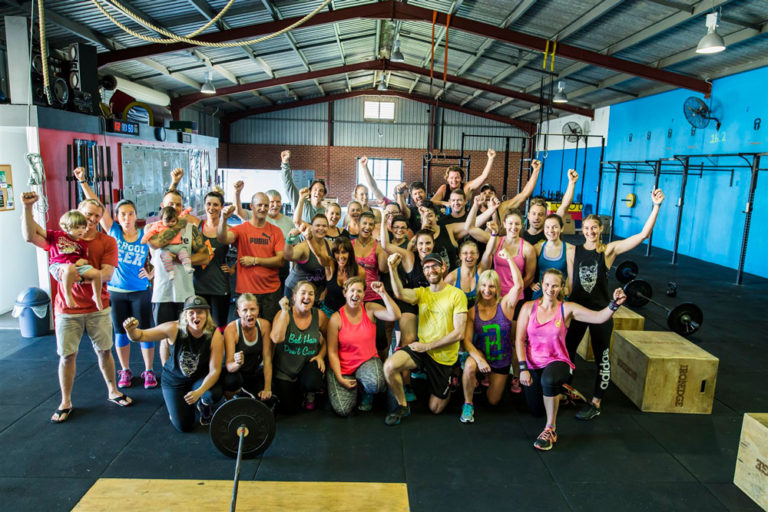One of the biggest mistakes athletes make—especially inexperienced ones—is mis-pacing their conditioning workouts. They go out too hard and hit a wall. Fly and die. It’s painful for the athlete, and almost as painful for the coach to watch.
It occurred to me recently that many athletes don’t even realise how much they mis-pace a workout. They just chalk it up to: “That workout crushed me.”
Listen up: It doesn’t have to crush you that much!
And in fact, if you’re in a lot of pain in the first half of any given conditioning workout, then you’ve probably done something wrong. In other words, a perfectly-paced workout is usually less painful than an improperly paced one. And on top of that, your final time will likely be faster when you execute a pacing strategy that’s appropriate for your fitness level.
What does a well-paced workout look like?
Think of it like a 5km run. You’d never go out at a full sprint in the first 200 meters of a 5km run. More likely, you’d pick a steady pace and try to hold onto it throughout the course of the run. The same is true of what we do: Each round of a 5-round workout, or a 10-minute workout where you’re trying to do as many repetitions as possible, for example, should be completed at a relatively consistent speed (a little variation will be necessary).
3 Tips to a Perfect Pace
- Go into each workout with a plan:
Before each workout, take a moment to examine what you’re about to do, and then predict how fast, or how many rounds, you think you will be able to complete.
Many athletes just wait for the ‘3, 2, 1 Go,’ and then start moving aimlessly without a clue how long they’ll be conditioning for. How do you know how fast to move, or how hard to go, when you have no idea if you’ll be working out for 7 minutes or 20 minutes?
The more you practice assessing how your body will react to different types of movements and time domains—how you’ll break up the reps and the sets and how much you need to rest—the better you’ll get at properly predicting your perfect pace.
- Break things up early:
‘Going unbroken’—glamorous as it might seem—isn’t always the best way to move the fastest, or the most consistently over the course of a workout. The coach will make sure you know when you need to be going unbroken!
Let’s say the workout is Grace—30 clean and jerks for time.
Many people are determined to bust out a big set off the top because they’re fresh, but often this just means the second half of Grace takes three times as long as the first.
Don’t do 10 reps unbroken in your first set, for example, unless you plan to hold 3 sets of 10 at a consistent pace. In other words, if you bust out 10 reps really quickly, but then you have to move to singles, you probably went out too hard. I’ve seen people complete a workout like Grace faster doing singles the entire time than someone else who did a set of 15 off the top and then 15 slow, sloppy, painful-looking singles to complete the workout.
- Keep track of your scores:
Keeping track of your numbers goes a long way in helping you figure out your pace. The more data you know about your fitness level, the easier it will be to apply this data even to workouts you’ve never done before.
For example, let’s say you’re doing something like 100 pull-ups for time and you know last week you did a workout with 50 pull-ups and found yourself doing singles and doubles by the end. Remembering how those 50 pull-ups went will allow you to come up with a plan of attack for 100 pull-ups for time—how to break them up, how much to rest etc…
These aren’t foolproof tips, of course. Sometimes you’ll still get your pacing wrong. But the more you practice calculated pacing, the more you pay attention to your body and your scores, the easier it will be to perfectly pace a workout, so when a five-round workout like Kelly comes up, your first and fifth round will take you virtually the same amount of time. And you’ll probably end up with a better score, too!



